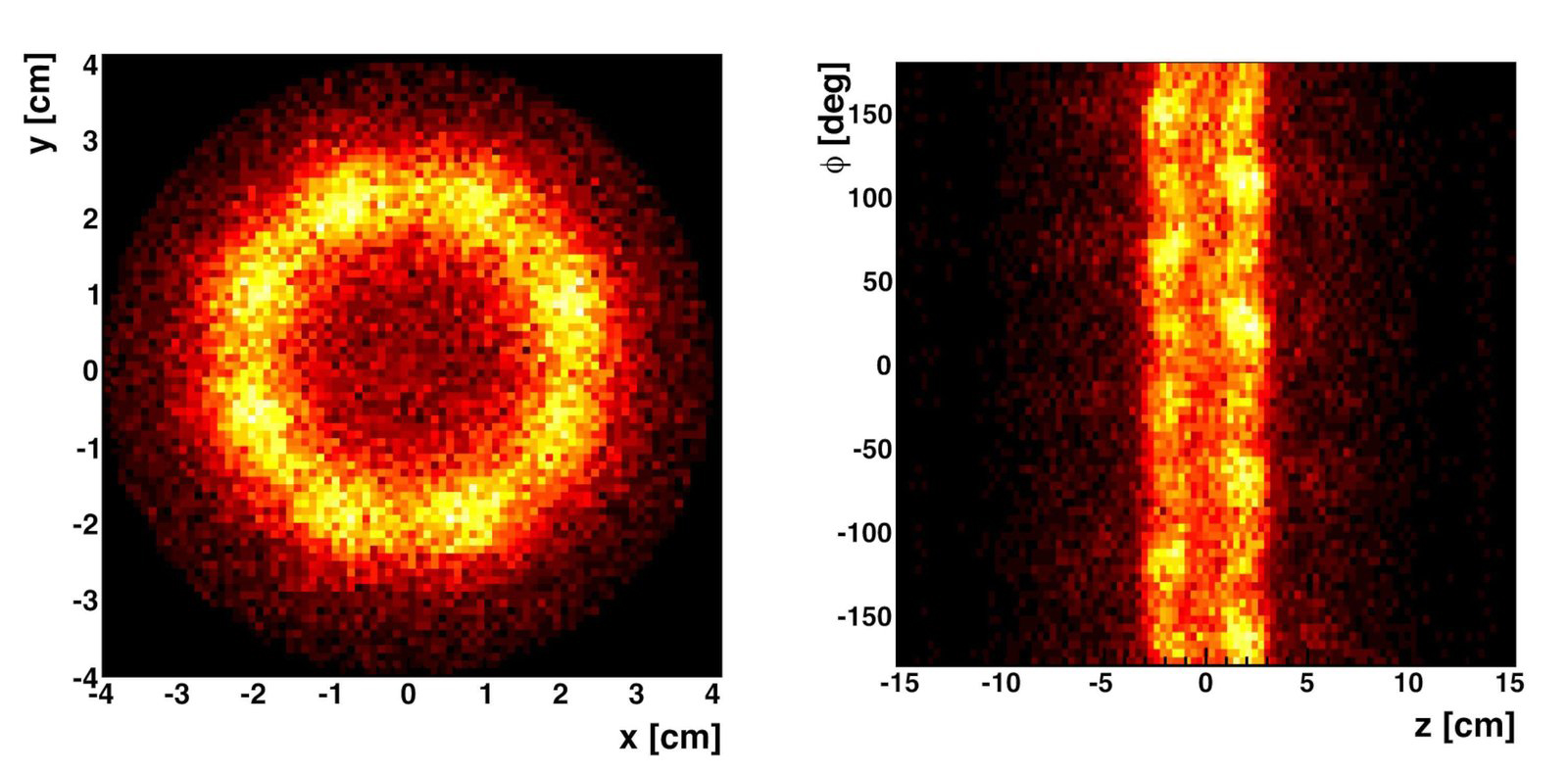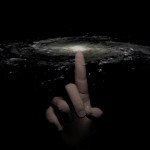
We've been waiting with bated breath all afternoon to find out what NASA, MIT and the Department of Energy has observed with the Alpha Magnetic Spectrometer. Well, we still don't quite understand the exact nature of dark matter, but highly precise measurements of positron fraction (the ratio of positrons to electrons and protons) do bring us a small step closer to proving the existence of the theoretical material. The AMS found a small excess of positrons coming from all directions instead of a single source. That could indicate the presence of dark matter, which is believed to generate the antimatter particles when it collides and annihilates itself. As usual though, this is far from conclusive. The excess of positrons could be caused by a number of cosmic phenomenon, including pulsars, but researchers are hopeful that further testing will narrow down the possibilities. Those of you hoping for direct and obvious evidence of dark matter may be a little disappointed, but let's be honest -- you were being overly optimistic. Besides, don't you want some mysteries left to solve? For more information, check out the PR after the break.
Filed under: Science, Alt
Comments
 Hashtags could soon be useful for a lot more than fostering discussion on your favorite social network. Researchers have developed a hashtag-shaped quantum chip (shown below) that could confirm the existence of the oddball Majorana particle, which ex...
Hashtags could soon be useful for a lot more than fostering discussion on your favorite social network. Researchers have developed a hashtag-shaped quantum chip (shown below) that could confirm the existence of the oddball Majorana particle, which ex...
 Hashtags could soon be useful for a lot more than fostering discussion on your favorite social network. Researchers have developed a hashtag-shaped quantum chip (shown below) that could confirm the existence of the oddball Majorana particle, which ex...
Hashtags could soon be useful for a lot more than fostering discussion on your favorite social network. Researchers have developed a hashtag-shaped quantum chip (shown below) that could confirm the existence of the oddball Majorana particle, which ex...
 Today on In Case You Missed It: CERN scientists announced they were able to measure anti-matter on the optical spectrum after a full 20 years of trying. This could not only help us understand the universe better but probably solve the mystery o...
Today on In Case You Missed It: CERN scientists announced they were able to measure anti-matter on the optical spectrum after a full 20 years of trying. This could not only help us understand the universe better but probably solve the mystery o...

 As you might guess, measuring antimatter is rather tricky: it's destroyed the moment it comes into contact with regular matter, so conventional approaches just aren't going to cut it. Give credit to CERN, then, as its Alpha group just measured antim...
As you might guess, measuring antimatter is rather tricky: it's destroyed the moment it comes into contact with regular matter, so conventional approaches just aren't going to cut it. Give credit to CERN, then, as its Alpha group just measured antim...
 While the best physicists in the world are pretty smart people, some of the more essential questions regarding to our …
While the best physicists in the world are pretty smart people, some of the more essential questions regarding to our …

